The origination of the Lionhead rabbit is not really known,
although they are believed to be a cross from Angora or Belgian Dwarf to Swiss Fox.
They began showing up, in what many refer to as being a genetic mutation,
in France and Belgium in the 1960’s.
Due to the distinguishably desirable mane of fur surrounding their heads,
breeders began working with these “mutations” to lock in those genes,
so they would securely be passed from one generation to the next,
resulting in the breed that has become known today as the increasingly popular Lionhead. Additionally, they were recognized by the BRC in 2002, then further developed and recognized by the ARBA in 2014.
What is a Lionhead Rabbit?- Best place to buy lion head Rabbit online
Lionheads are a small, compact rabbit that is instantly recognizable by the longer mane of fur around its head,
giving it the resembling appearance of a Lion’s mane. They are available in a wide variety of colors, and with a single or double mane.
It is commonly that they are one of the cutest rabbit breeds in existence,
making them increasingly popular as both show animals and pets. Typically, they are lively, sociable, friendly, and good-natured. However, they are quite timid, and as such they scare easily, which can cause them be show signs of aggression. For this reason, they are not suggeste as the ideal breed of a rabbit to have as a pet for a small child.
How do I care for my Lionhead Rabbit?- cheap lionhead bunny for sale
Lionheads require a bit more attention in the grooming department than what the short-furred breeds require, as their wooly main
–be it single or double- needs to be brushed out at least once a week. Additionally, when they are molting, they will need brushed more frequently
– on the average of at least 3 times per week, to help prevent them from getting Fur-Block, which can be fatal.
Their nails should be clipped approximately once a month, as well as being thoroughly checke for any other physical abnormalities, such as abscesses or malocclusion
– which is a hereditary dental problem. Otherwise, they require high quality pellets, on the average of 1 cup per daily feeding, as well as fresh timothy hay, and clean water, plus due to the additional fur carried with this breed,
it will be very beneficial to provide them with a small piece of fresh pineapple or papaya every few days.
If buying fresh is not an option, you can use canned
– but make sure it is UN-sweetened, in 100% natural juice, or chewable supplements can also be use, broken or crushed up, and added to their pellets. They do well in a 24 x 24 cage,
however, because of their level of activity, a larger cage would be better, or the allowance of having a larger area available on a regular basis to provide ample space for exercise. Furthermore, Lionheads – as it is with all rabbits – should never be bathed.
Is my Lionhead Rabbit show quality?
To properly evaluate a Lionhead, as it is with all breed evaluations, he/she should first be properly pose. Lionheads should be pose as sitting in an upright position, with front legs straight and feet resting flat on the table. The chest and mane should be fully expose, and the body should be , resting on the rear end, with hind feet tucked squarely under the body. The head should not be pushe or forced down, and ears are to be short and stand erect.
The body should be short, compact, and the chest should be broad,
and well-filled, as is the same case with the lower hips. Lack of, or poor quality manes are the basis for disqualification,
although softer wool is permissible in juniors,
the seniors’ wool must be strong, full of life, and have a medium-soft texture and have an evident crimp in the fur. Additionally, guard hairs may be present but should not create a coarse texture to the wool. When showing Lionheads, each variety (color) is exhibite individually.
Furthermore, you will need to know and understand the difference between a double, single,
or no mane in order to more correctly evaluate this breed more. A double-mane is one that has wool all the way around the head,
and some have transitional wool around the skirt, which is the hindquarters, hips, and tail. A single-mane is one that is around its head, ears, chin, and sometimes chest. The biggest problem with the single-man wool is that it gets thinner as the rabbit ages. Then last but not least, a Lionhead with no mane at all will look a lot like a large-size Netherland Dwarf.
Also, notably, one of the most difficult tasks with breeding these adorable little bunnies is in the ability to be able to produce consistently correct manes.
How to find us;
giant flemish rabbit for sale near me,lionhead rabbits for sale, lionhead rabbits for sale near me, mini lop rabbits for sale, rabbit cages for sale near me,dwarf rabbit for sale, flemish giant rabbits for sale near me, new zealand rabbits for sale, rabbits near me for sale, volkswagen rabbit for sale, angora rabbits for sale, bunny rabbit for sale, giant rabbit for sale, giant rabbits for sale, pet rabbit for sale, vw rabbit pickup for sale, baby rabbits for sale.

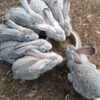
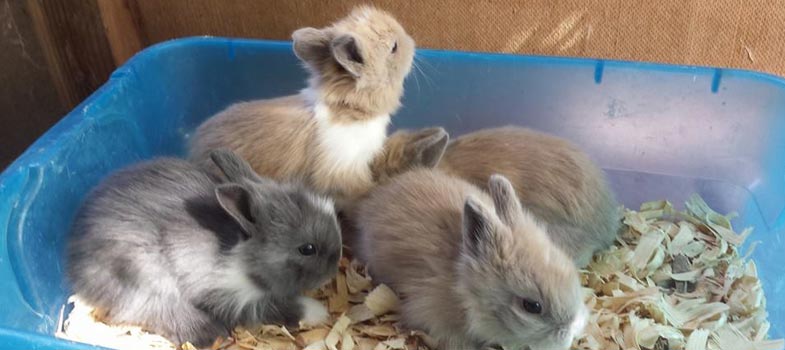

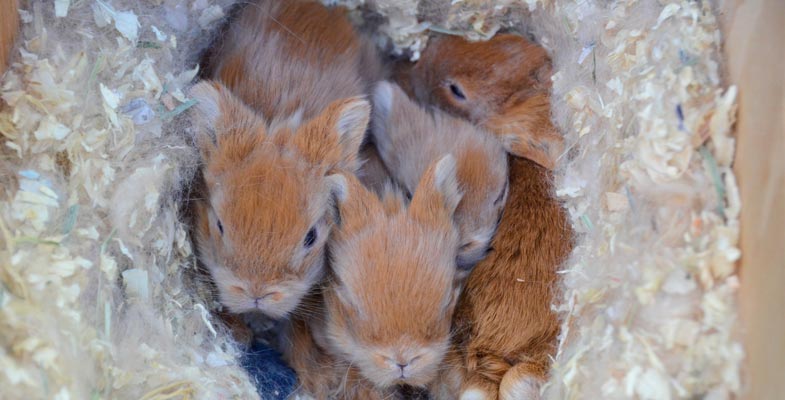
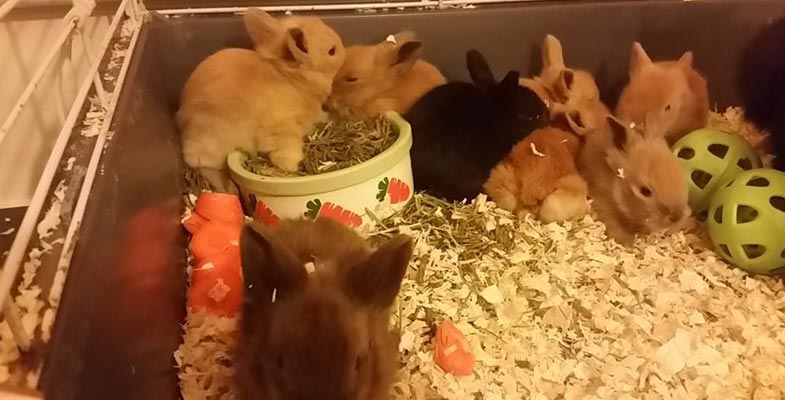
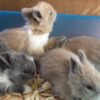
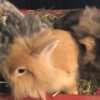
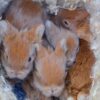
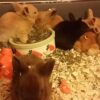
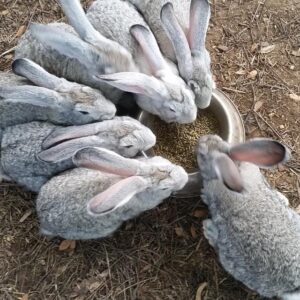
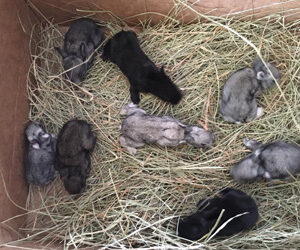
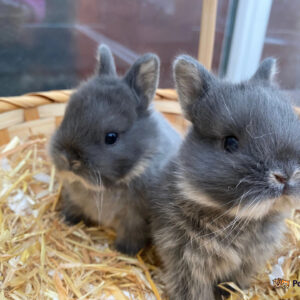
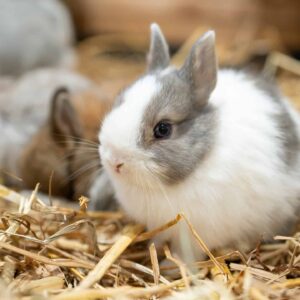
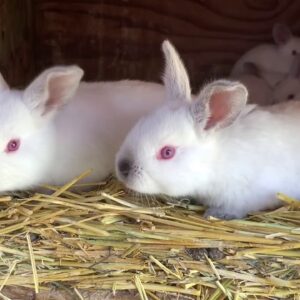
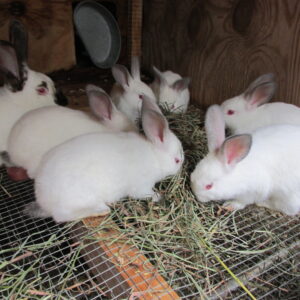
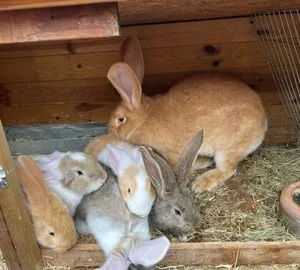
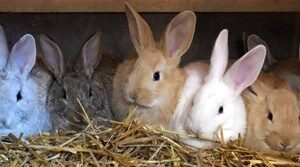
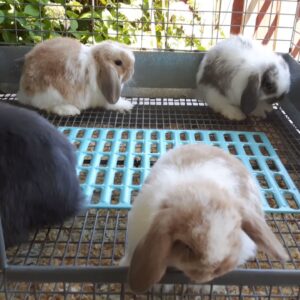
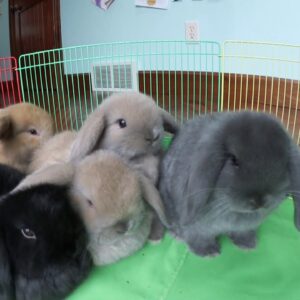
Reviews
There are no reviews yet.